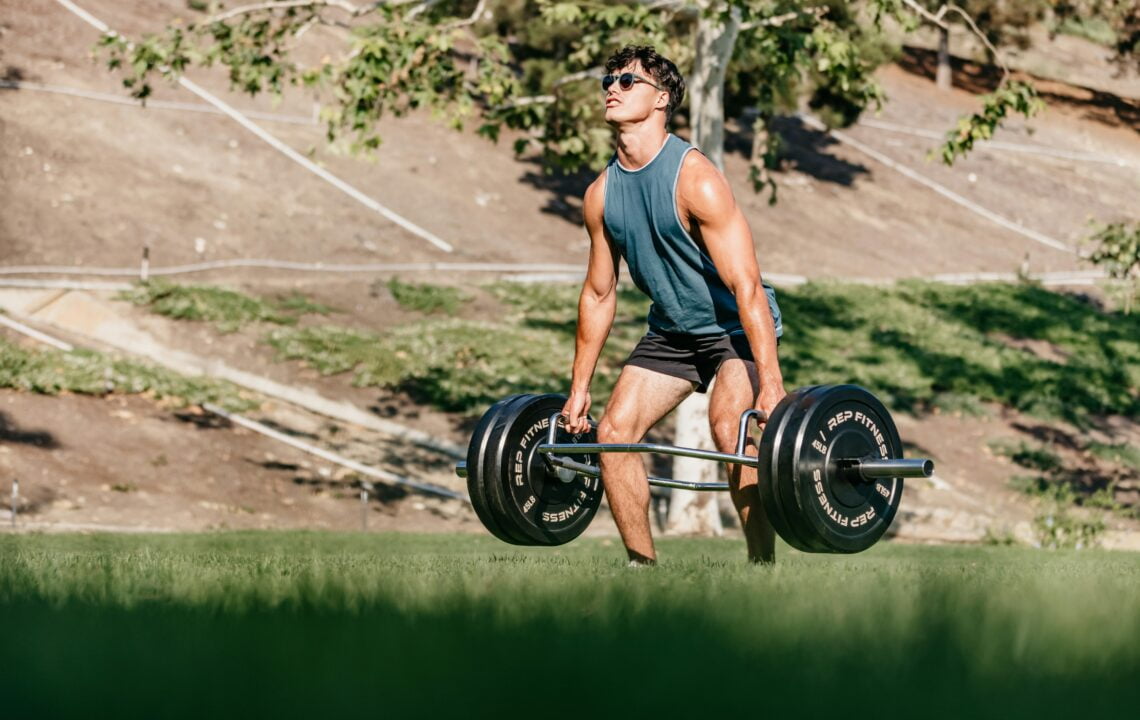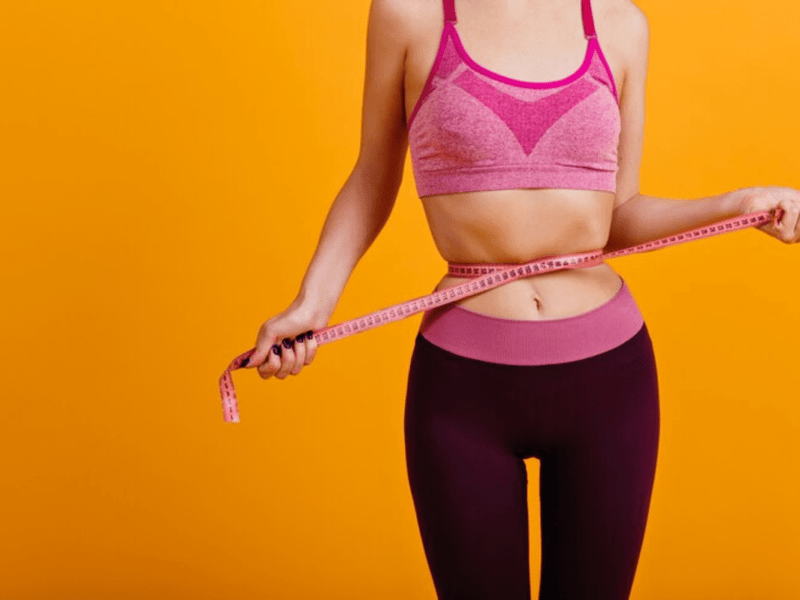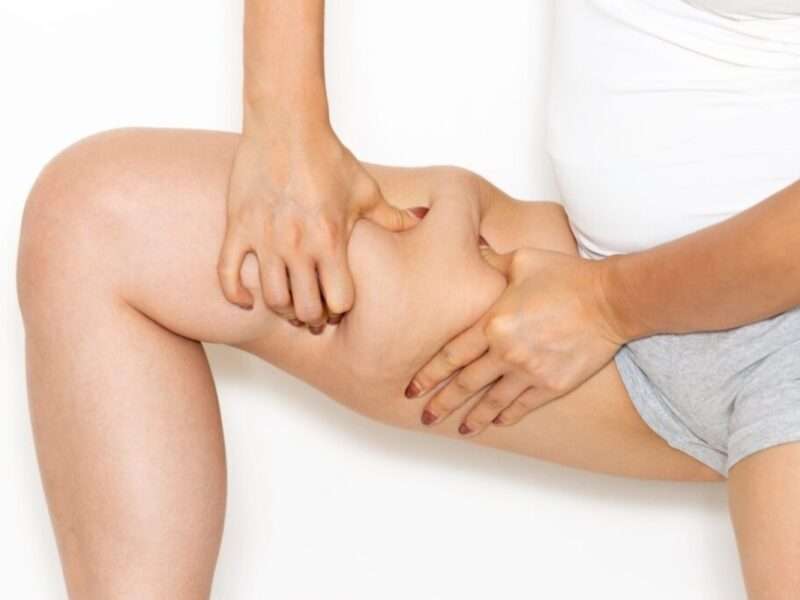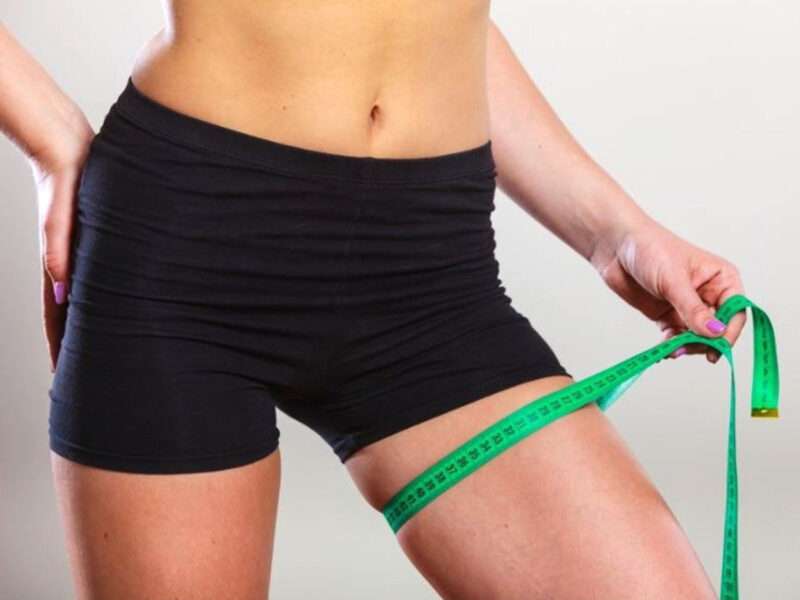The age-old debate: is the deadlift a back exercise or a leg exercise? If you’ve spent time in the gym, you’ve probably heard arguments for both sides. The truth is, the deadlift is one of the most comprehensive full-body exercises you can do.
It primarily targets the posterior chain, which includes muscles in both your back and legs. When you perform a deadlift, your hamstrings, glutes, lower back, and even your upper back are all working together to lift the weight.
It’s not just one muscle group doing all the work—it’s a symphony of all muscles working in sync. So, calling it strictly a back or leg exercise isn’t quite accurate. It’s more of an all-encompassing, full-body move.
Why is Deadlift Important?
If you could only do one exercise for the rest of your life, the deadlift would be a strong contender because of it:
Builds Strength: Deadlifts are one of the best exercises for building overall muscles and strength because they engage so many muscle groups. They help you get stronger more efficiently.
Improves Posture: Since the deadlift targets the posterior chain, it can help improve your posture. Stronger back muscles mean you’ll stand taller and sit straighter.
Enhances Athleticism: Many athletes incorporate deadlifts into their training because they improve explosive power, speed, and overall athletic performance.
Functional Fitness: Deadlifts mimic real-life movements like picking up heavy objects from the ground.
Boosts Metabolism: Lifting heavy weights, like you do in a deadlift, can increase your metabolic rate. This means you burn more calories even after your workout is over.
Should You Do Deadligt on Leg Day?
So, should you slot deadlifts into your leg day routine? It makes sense when you think about how much your legs are involved in the movement:
Leg Engagement: Your hamstrings and glutes are major players in the deadlift. When you lift, these muscles are engaged to extend your hips and knees.
Workout Split: If you’re following a traditional bodybuilding split where you have specific days for legs, back, chest, etc., including deadlifts on leg day can help you focus on the posterior chain and make sure your legs are getting the attention they need.
Recovery: Deadlifts are taxing. Doing them on leg day ensures your legs get ample recovery time before their next workout session.
But, since deadlift is a hybrid exercise, you will still feel its effect on your back.
Should Deadlift be a Part of Back Day?
Now, let’s flip the days and consider doing deadlifts on a back day. There’s a strong case for this approach too:
Back Activation: When performing deadlifts, your lower back (erector spinae), upper back, and even traps are heavily engaged. This makes deadlifts perfect for back days if you want to focus on these muscles.
Training Efficiency: Including deadlifts on a back day can streamline your workout by grouping exercises that target similar muscle groups. This can make your training sessions more efficient and allow you to push your back muscles to their limits.
Compound Movements: Deadlifts are a compound movement, meaning they work multiple muscle groups at once. Deadlifts on a back day ensure that your workout includes a powerful, full-body movement that can also complement other back exercises like rows and pull-ups.
Also read: Does Walking Build Muscle?
Sumo vs Conventional Deadlift
The two most popular variations of the deadlift are sumo and conventional. Both have their benefits and can be included in your workout routine depending on your goals and biomechanics.
Conventional Deadlift
Form and Setup: The feet are hip-width apart, and the hands grip the bar just outside the knees. The hips start higher, and there’s a greater range of motion.
Muscle: This variation puts a lot of stress on the lower back and hamstrings. It’s great for overall strength and muscle development.
Benefits: Conventional deadlifts are great for building raw strength and are often considered the “purest” form of deadlifting. They require a strong posterior chain and excellent technique.
Sumo Deadlift
Form and Setup: Feet are placed wider apart with toes pointing outwards. The hands grip the bar inside the knees. The hips start lower, and there’s a shorter range of motion.
Muscle: Sumo deadlifts reduce the range of motion and put more emphasis on the quads and glutes, while also being easier on the lower back.
Benefits: Sumo deadlifts can be more comfortable for people with hip or lower back issues. They also allow you to lift more weight due to the shorter range of motion, which can be a great confidence booster.
Also Read: Does Pilates Build Muscle?
Key Takeaways
So, is the deadlift a back exercise or a leg exercise? The answer is both! The beauty of the deadlift is its versatility. It’s one of the most effective full-body exercises you can do, engaging a wide range of muscles from your legs to your back.
Deadlifts are essential for building strength, improving posture, enhancing athleticism, and functional fitness, and boosting metabolism. Doing deadlifts on leg day emphasizes the work done by your hamstrings and glutes, fitting well into a leg-focused workout.
Whereas if you do it on your back day, your lower and upper back muscles work, making it a great addition to a back-focused workout. Whether you include it in your leg day or back day—or even give it a day of its own—you’ll be reaping the benefits





